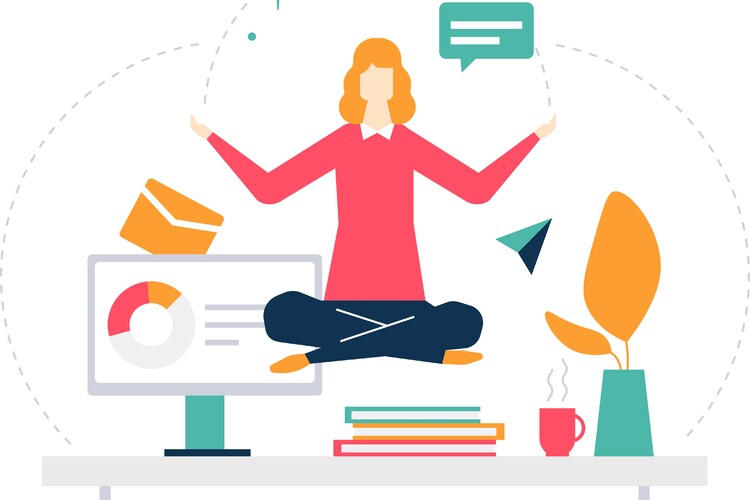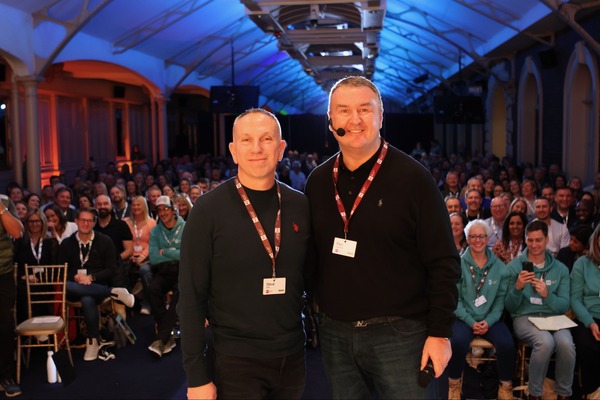Top tips to improve mindfulness and mental health
everywoman’s Kate Farrow offers her techniques for enhancing mental wellbeing in and outside the workplace.
Mindfulness is best described by US professor Dr Jon Kabat-Zinn as “paying attention in a particular way, on purpose, in the present moment and non-judgementally”.
In professor Gloria Mark’s paper, The Cost of Interrupted Work: More Speed and Stress, she estimates the average worker faces an interruption either in human or digital form every three minutes. With such busy lives and so many interruptions, is it any wonder an increasing number of business people are turning to mindfulness practice to calm their thoughts?
Mindfulness leads to decreased stress, lower blood pressure and higher levels of clarity and decision-making ability, so why not give it a go? I’ve included some useful tried-and-tested mindfulness techniques and exercises below to help you find peace of mind both in and outside the workplace.
The raisin technique
This exercise is designed to slow down your mind and allow it to focus on the “here and now”.
Take a single raisin in the palm of your hand. Imagine you have never before seen such an object.
What occurs to you about it? Allow your eyes to examine it – the colours, shades, textures, the grooves and how it looks in your hand.
Closing your eyes, roll the raisin between your thumb and finger to discern more characteristics. Smell it and notice how your body responds. Move the raisin to your lips, noticing how the movement feels. Slowly taste the raisin, mindfully turning it over on your tongue, noticing how the aromas and textures feel. Finally, take a moment to reflect on the experience, what surprised you, how you felt throughout it and what you might have learnt about your ability to concentrate.
Consider how you can incorporate this exercise into your daily life: while making and drinking a cup of tea (savouring the feel of the warm mug in your hand), while reading and responding to an email (hearing the click of your keyboard and how you feel after you’ve hit send).
Mindful listening
Select a piece of music you’ve never heard before, perhaps a genre you don’t usually listen to.
Commit to listening without judgement, simply noticing the various aspects – the melody, the rhythm, the vocals, the musical arrangement, the instruments you can distinguish, how it makes you feel.
As you become a more mindful listener, put these skills at play in the workplace during conversations and meetings, paying attention to what is being communicated through words, tone, facial expression and body language, and the impact all this has on yourself and others.
Start small
Practising mindfulness has a wealth of benefits for your health, your work productivity and your relationships, but it is important to start small and not expect yourself to be able to practise mindfulness over extended periods of time to begin with.
Like a business goal, set yourself some targets, maybe starting with one minute a day for the first week, increasing to two minutes in week two and so on.
You can also use this early point to test out different types of mindful practice; you can find a multitude of other suggestions on the internet to try out too. In today’s busy world, taking time out to be mindful shouldn’t be underestimated.
Book your table at the everywoman in Travel Awards, on 13 November, at everywoman.com/travelawards















